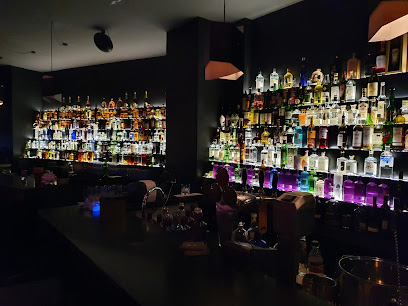
Am Lustgarten: Berlin's Green Heart
Discover Am Lustgarten, a historic Berlin park offering a tranquil escape amidst iconic landmarks, reflecting the city's rich history and cultural heritage on Museum Island.
Am Lustgarten, a revitalized park in the heart of Berlin's Mitte district, offers a serene escape amidst the city's bustling historical center. Bordered by iconic landmarks like the Berlin Cathedral, Museum Island, and the Humboldt Forum, this green space boasts a rich history, evolving from a royal kitchen garden to a parade ground and finally, a welcoming park. Today, visitors can relax on the lawns, admire the impressive granite bowl, and enjoy the fountains. Its central location makes it an ideal starting point for exploring Berlin's cultural treasures, providing a tranquil contrast to the surrounding architectural grandeur. The park's transformation reflects Berlin's own journey, offering a space for reflection and recreation for locals and tourists alike. It is a must-visit destination for those seeking a blend of history, nature, and urban charm.
A brief summary to Am Lustgarten
- Berlin, Mitte, 10178, DE
Local tips
- Visit early in the morning or late in the afternoon to avoid crowds and enjoy a more peaceful experience.
- Combine your visit with a tour of Museum Island to explore world-renowned museums like the Pergamon Museum and the Neues Museum.
- Take a stroll along the Kupfergraben canal for picturesque views of the park and surrounding architecture.
- Check for events happening in the park, such as concerts or festivals, for a unique cultural experience.
- Bring a picnic blanket and enjoy a relaxing lunch on the lawn, surrounded by Berlin's historical landmarks.
Getting There
-
Public Transport
Am Lustgarten is easily accessible via public transport. From Alexanderplatz, take the U5 U-Bahn line to the Museumsinsel station, which is directly adjacent to the park. A single fare is approximately €3.00. Alternatively, numerous bus lines (100, 200, 300) stop at Lustgarten or nearby. Tram lines M4, M5, and M6 stop at Spandauer Straße/Marienkirche, a short walk away. Ensure you have a valid ticket before boarding.
-
Walking
If you are already on Museum Island or in the vicinity of Unter den Linden, walking to Am Lustgarten is straightforward. From Unter den Linden, head towards the Berlin Cathedral; the park is located directly in front of the cathedral. From the Altes Museum, simply exit the museum and you'll find yourself on the park's northern edge. The park is flat and easily navigable on foot.
-
Taxi/Ride-Share
A taxi or ride-share from a central location like Alexanderplatz will cost approximately €8-€12, depending on traffic. The drop-off point is typically on Am Lustgarten street, directly adjacent to the park. Be aware that traffic can be heavy during peak tourist season.
Discover more about Am Lustgarten
Iconic landmarks you can’t miss
Am Lustgarten
0.0 km
Discover Am Lustgarten, a historic Berlin park offering a tranquil escape amidst iconic landmarks, reflecting the city's rich history and cultural heritage on Museum Island.
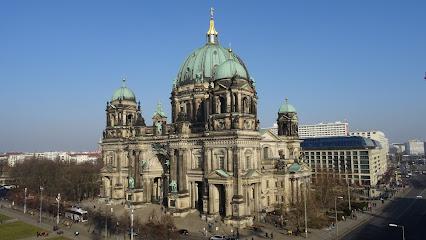
Friedrichsbrücke 1
0.1 km
A historic Berlin bridge connecting Museum Island with the mainland, offering stunning views and a glimpse into the city's rich past and vibrant present.
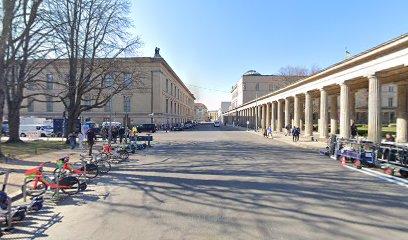
Schlossviertel
0.1 km
Explore Berlin's Schlossviertel: Where history and modernity converge in a vibrant district, home to the Humboldt Forum and Museum Island, offering a unique cultural experience.
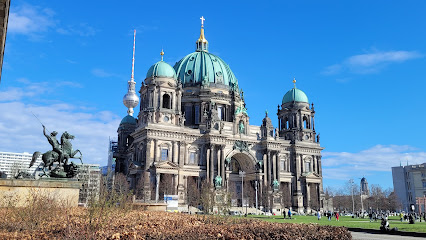
Three Girls One Boy Statue
0.1 km
Discover the enchanting Three Girls One Boy Statue in Berlin, a captivating tribute to childhood joy and artistic expression along the riverside.
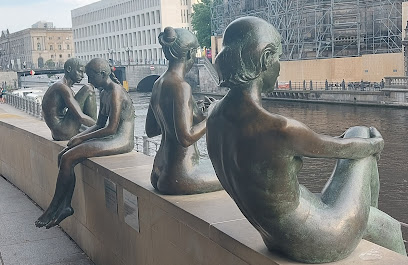
Three Girls and a Boy
0.1 km
Explore the historical significance and artistic allure of Three Girls and a Boy, a must-visit landmark in Berlin's vibrant Mitte district.
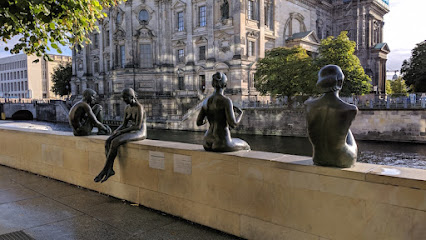
Schlüterhof
0.2 km
Experience the grandeur of Berlin's royal past in the meticulously reconstructed Schlüterhof, a serene baroque courtyard within the modern Humboldt Forum.
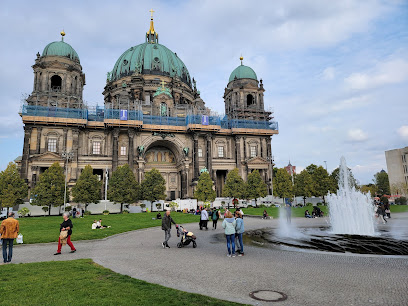
Schinkelpl.
0.3 km
Explore the beauty of Schinkelplatz in Berlin, where art, history, and nature converge in a picturesque urban setting.
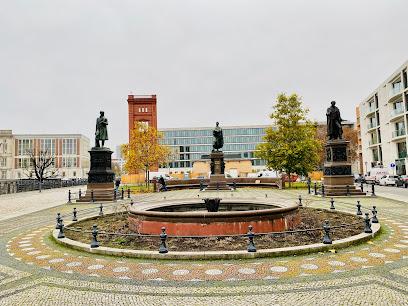
Marx-Engels-Forum
0.3 km
Explore the rich history of Berlin at Marx-Engels-Forum, where monumental sculptures of Karl Marx and Friedrich Engels await your discovery.
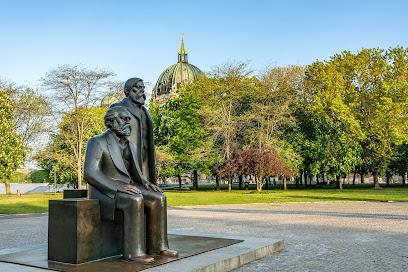
Freedom and Unity Memorial
0.3 km
Commemorating German reunification, this interactive memorial on Schloßplatz invites reflection on freedom and unity, embodying Berlin's resilient spirit and historical significance.
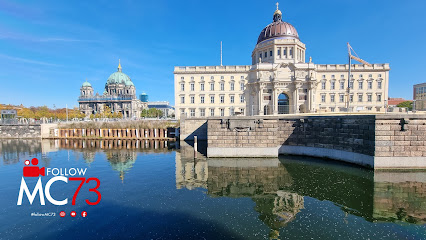
Crown Prince's Palace
0.3 km
Explore the Crown Prince's Palace in Berlin, a historical landmark showcasing royal heritage, stunning architecture, and captivating exhibitions.
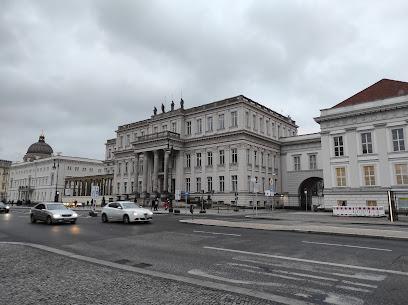
Berlin
0.3 km
Explore Berlin: A city where history meets modernity, offering rich culture, iconic landmarks, and vibrant nightlife.

Neue Wache
0.3 km
Reflect on history and loss at the Neue Wache, Berlin's central memorial to the victims of war and dictatorship, featuring the poignant 'Mother with her Dead Son' sculpture.
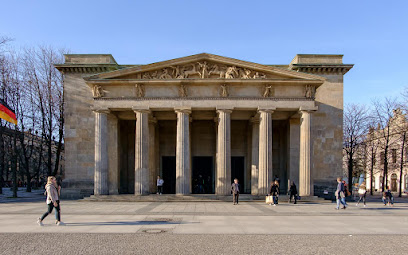
Friedrichswerdersche Church
0.4 km
Discover Berlin's first Neo-Gothic church, a stunning architectural masterpiece by Karl Friedrich Schinkel, now showcasing 19th-century German sculptures in the heart of the city.
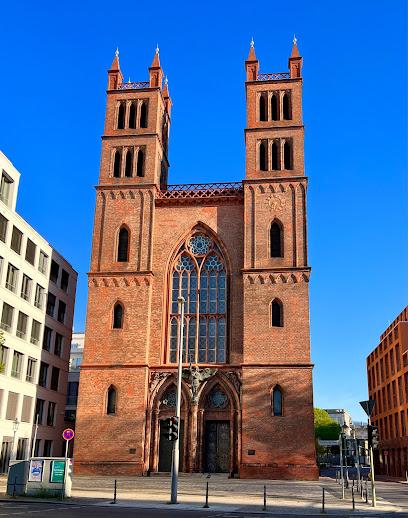
KURFÜRSTENHAUS
0.4 km
Discover the architectural beauty of KURFÜRSTENHAUS in Berlin, where history meets modernity along the scenic Spreeufer.
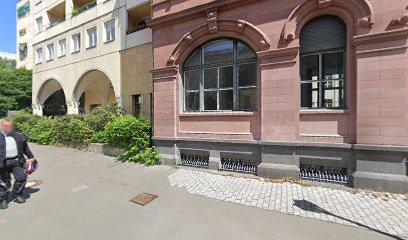
Luther Monument
0.4 km
A powerful bronze statue in Berlin's Mitte district, commemorating Martin Luther and the Reformation's enduring legacy of faith, courage, and religious freedom.
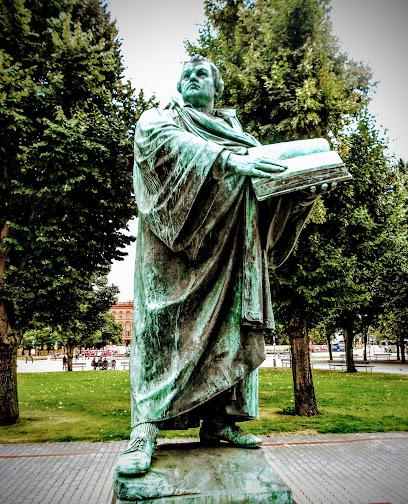
Unmissable attractions to see
Amazon on Horseback sculpture (1841) by August Kiss
0.1 km
Discover the Amazon on Horseback sculpture in Berlin, a stunning 1841 masterpiece by August Kiss, reflecting strength and artistic brilliance.
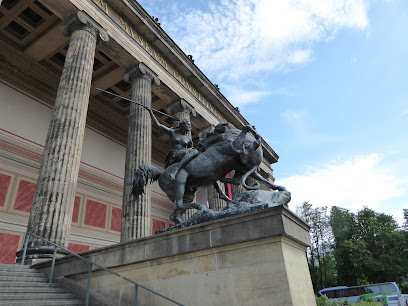
Springbrunnen im Lustgarten
0.1 km
Explore the stunning Lustgarten in Berlin, a historical park featuring enchanting fountains, lush greenery, and vibrant cultural events.
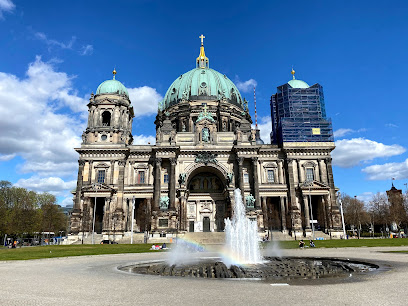
Granitschale im
0.1 km
Explore the Granitschale in Berlin - a stunning historical landmark surrounded by lush gardens and rich culture, perfect for every traveler.
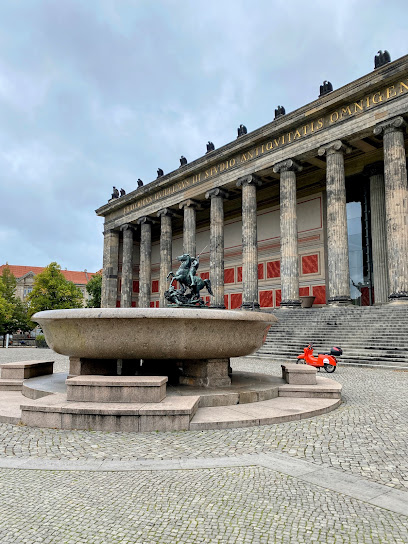
Lustgarten
0.1 km
Discover the beauty and history of Lustgarten, a serene state park in Berlin, perfect for relaxation and exploration amid iconic landmarks.
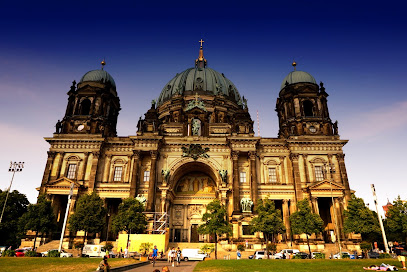
Herbert-Baum-Denkmal
0.1 km
Explore the Herbert-Baum-Denkmal, a poignant memorial in Berlin honoring resistance against tyranny amidst the historic Museumsinsel.
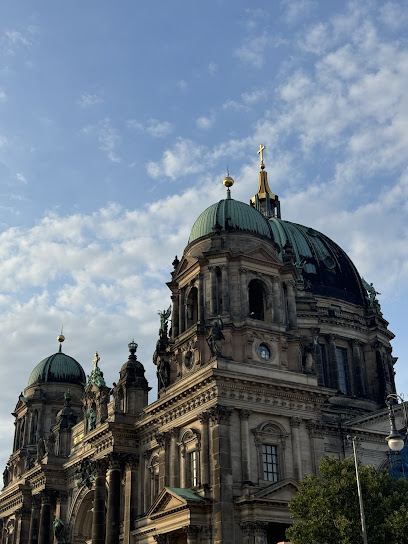
UNESCO Weltkulturerbe Museumsinsel
0.1 km
Discover the cultural heart of Berlin at Museumsinsel, a UNESCO World Heritage site featuring world-class museums and stunning architecture.
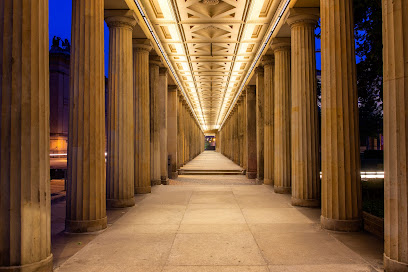
Altes Museum
0.1 km
Discover the treasures of ancient civilizations at the Altes Museum, a neoclassical marvel in the heart of Berlin's cultural landscape.

Kolonnadenhof
0.1 km
Discover the serene beauty of Kolonnadenhof in Berlin, a historical sanctuary amidst the vibrant cultural landscape.
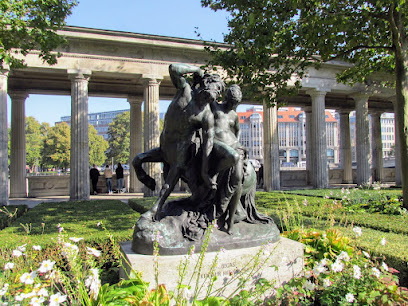
Teddy Bear (street art)
0.1 km
Explore the playful Teddy Bear street art in Berlin's Mitte district, where creativity meets culture in a delightful urban setting.
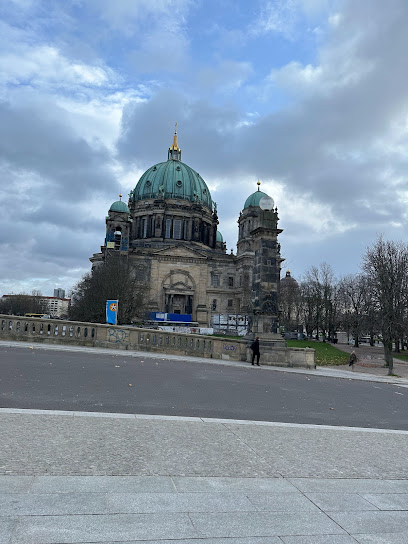
Humboldt Box
0.1 km
Explore the Humboldt Box in Berlin, a unique building showcasing the future of Humboldt Forum with stunning city views and engaging exhibitions.
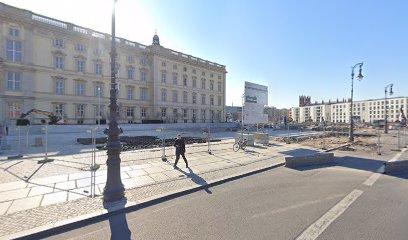
Friedrichsbrücke
0.2 km
Explore Friedrichsbrücke, a stunning historical bridge in Berlin offering picturesque views and a gateway to the city’s vibrant culture.
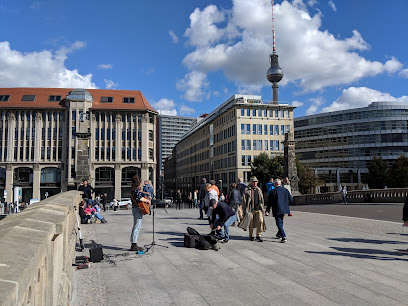
DDR Museum
0.2 km
Discover the fascinating history of East Germany at the DDR Museum, where interactive exhibits bring the past to life in Berlin.
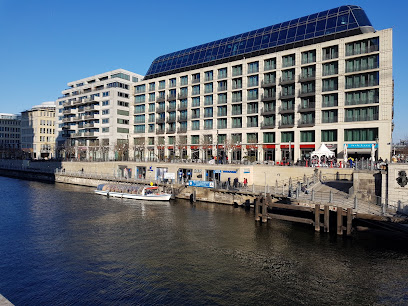
Museum for Pre- and Early History
0.2 km
Explore the fascinating journey of human history at the Museum for Pre- and Early History in Berlin, showcasing artifacts from the Stone Age to the Middle Ages.
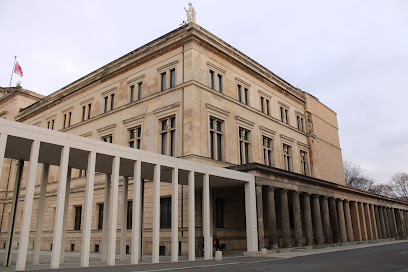
Eiserne Bridge
0.2 km
Explore Berlin's Eiserne Bridge, a stunning architectural marvel offering breathtaking views and rich historical significance along the Spree River.
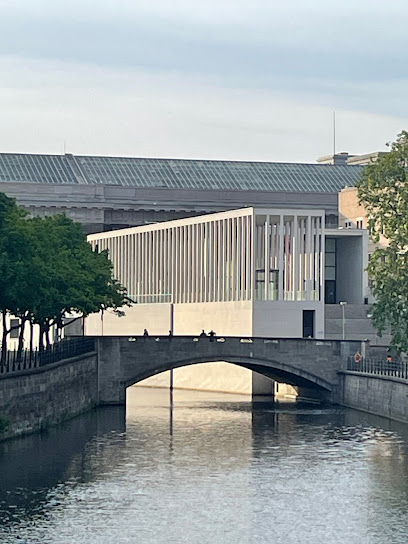
Equestrian statue of Frederick William IV
0.2 km
Discover the Equestrian Statue of Frederick William IV, a historical landmark in Berlin representing the city's rich heritage and artistic legacy.
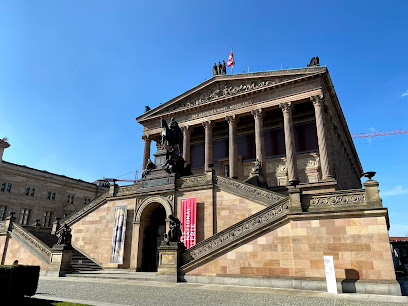
Essential places to dine
Alt-Berliner Gasthaus Julchen Hoppe
0.4 km
Savor traditional German dishes in the charming ambiance of Alt-Berliner Gasthaus Julchen Hoppe's historic setting.
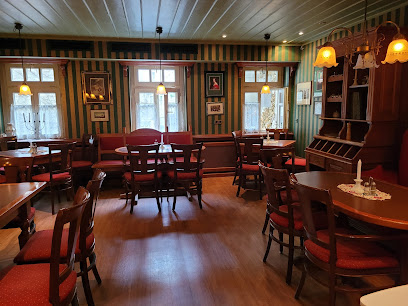
Restaurant Dae Mon
0.4 km
Discover an exquisite fusion of modern European cuisine at Restaurant Dae Mon in Berlin's vibrant Mitte district.
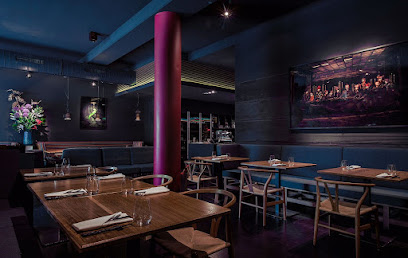
Mutter Hoppe
0.4 km
Experience authentic German cuisine at Mutter Hoppe - a culinary gem nestled in Berlin's vibrant Mitte district.
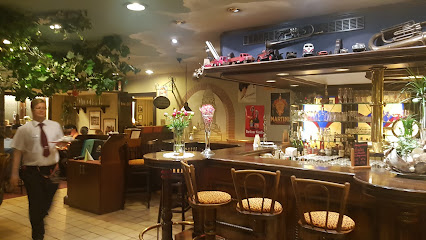
Zur Gerichtslaube
0.5 km
Discover traditional German flavors at Zur Gerichtslaube, a cozy restaurant with a delightful beer garden in the heart of Berlin.
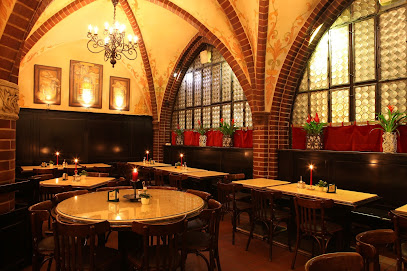
Restaurant FOREIGN AFFAIRS
0.5 km
Discover authentic Austrian cuisine in Berlin's Mitte district at Restaurant FOREIGN AFFAIRS – where tradition meets taste.
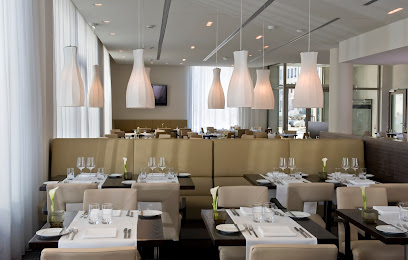
Restaurant Balthazar 2
0.5 km
Experience fine dining at Restaurant Balthazar in Berlin - where modern cuisine meets exquisite flavors along the Spreeufer.
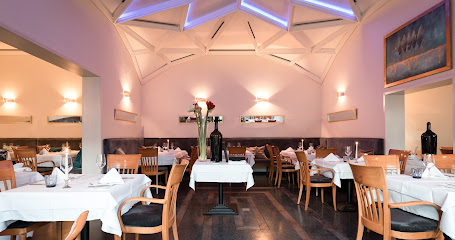
Dreh-Restaurant Sphere im Berliner Fernsehturm
0.7 km
Dine at Berlin's iconic Fernsehturm while enjoying panoramic views and exquisite German cuisine in a modern European setting.
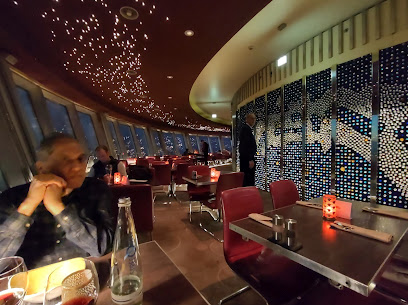
Charlotte & Fritz
0.8 km
Experience the pinnacle of fine dining at Charlotte & Fritz, where exquisite flavors meet elegant ambiance in Berlin's Mitte district.
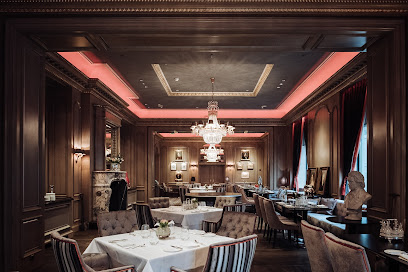
BLESS Restaurant
0.8 km
Experience the vibrant fusion of Vietnamese and Asian cuisine at BLESS Restaurant in Berlin's Mitte district.
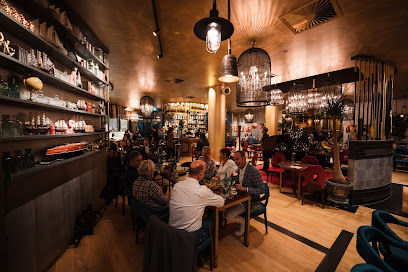
Nante-Eck
0.8 km
Experience authentic German cuisine at Nante-Eck in Berlin’s Mitte district—where tradition meets taste in a cozy atmosphere.
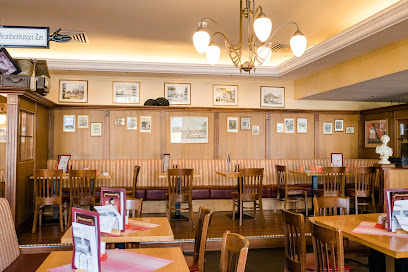
Grill Royal
0.9 km
Experience exceptional steaks and vibrant ambiance at Grill Royal in Berlin’s Mitte district.
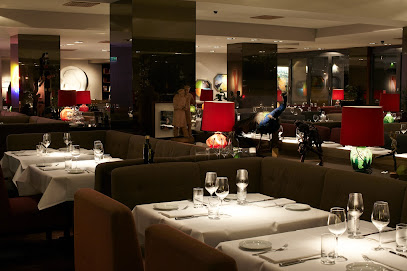
Bocca di Bacco
0.9 km
Experience authentic Italian cuisine at Bocca di Bacco in Berlin – where tradition meets elegance in every dish.
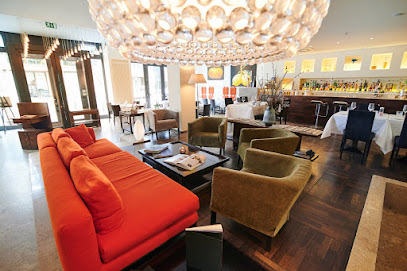
Boulevard Friedrichstrasse
0.9 km
Experience authentic German cuisine at Boulevard Friedrichstrasse, where tradition meets taste in the heart of Berlin.
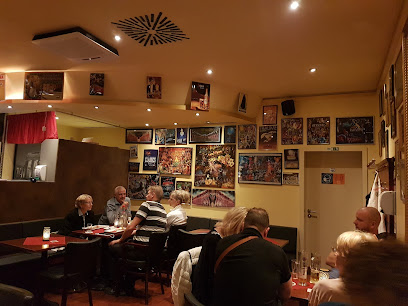
acht&dreissig
0.9 km
Savor traditional German dishes at acht&dreissig in Berlin, where authentic flavors meet inviting ambiance.
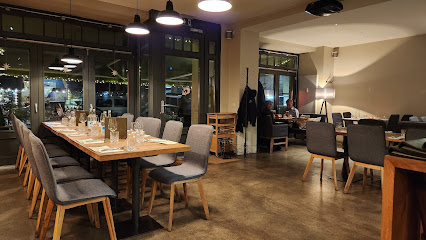
Zur letzten Instanz
0.9 km
Experience authentic German cuisine at Zur letzten Instanz - Berlin's oldest restaurant with a rich history and delightful beer garden.
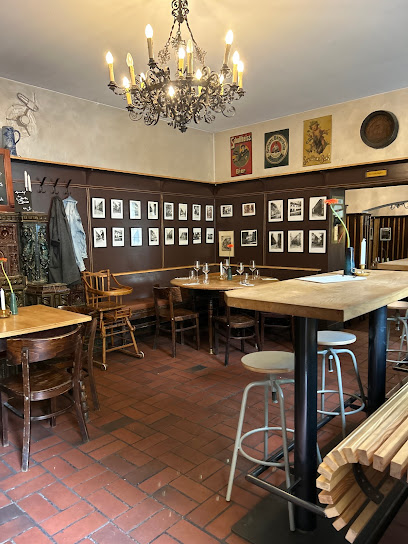
Markets, malls and hidden boutiques
Shop Passage im Humboldt Forum
0.3 km
Explore a captivating selection of gifts and unique souvenirs at Shop Passage im Humboldt Forum, a must-visit destination in Berlin.
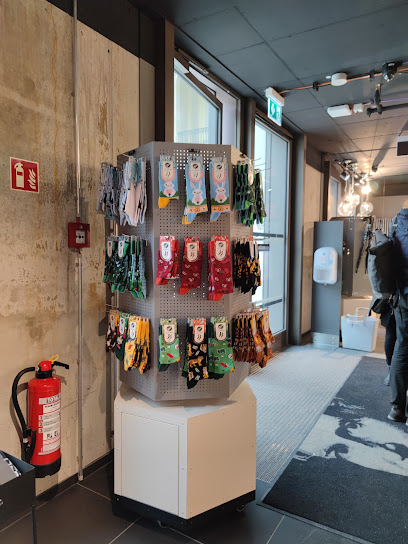
Redbear Berlin
0.3 km
Explore Redbear Berlin, a stylish boutique offering unique fashion pieces in the vibrant Mitte district, perfect for discerning shoppers.
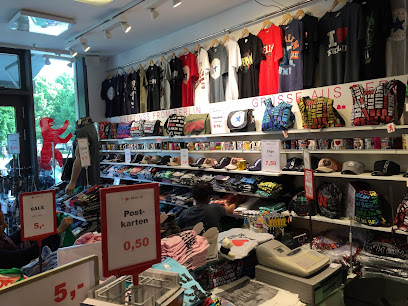
ausberlin
0.5 km
Discover local fashion and unique gifts at ausberlin, a vibrant department store in the heart of Berlin's Mitte district.
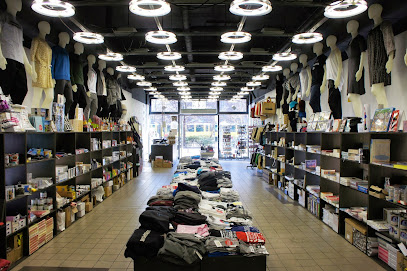
Hackesche Höfe
0.6 km
Explore Hackesche Höfe, a vibrant shopping and cultural hub in Berlin, featuring unique shops, diverse dining options, and artistic experiences.
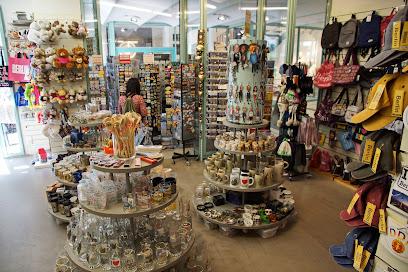
AMPELMANN shop in the Hackescher Markt
0.6 km
Explore the charming AMPELMANN shop in Hackescher Markt for unique Berlin souvenirs that capture the city's spirit and culture.
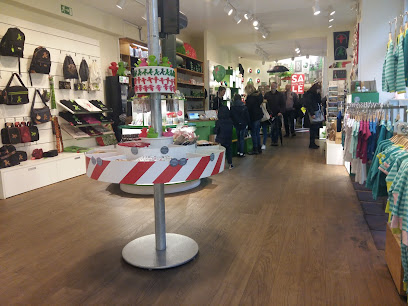
The Square Berlin East
0.7 km
Explore a unique blend of fashion, literature, and home decor at The Square Berlin East, a boutique gem in the heart of Berlin's Mitte district.
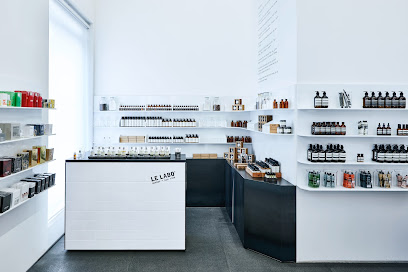
BERLIN Store - MUDDASTADT GmbH
0.7 km
Discover unique gifts and souvenirs at MUDDASTADT GmbH in Berlin - where every item tells a story of the city's rich culture and heritage.
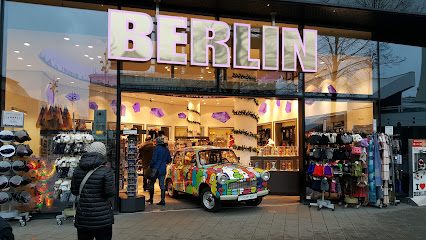
Pick'nWeight - Vintage Kilo Store
0.8 km
Explore the vintage fashion paradise of Berlin at Pick'nWeight - Vintage Kilo Store, where unique styles meet sustainable shopping.

Galeries Lafayette
0.9 km
Discover the allure of luxury shopping and gourmet dining at Galeries Lafayette in the heart of Berlin, a must-visit for every traveler.
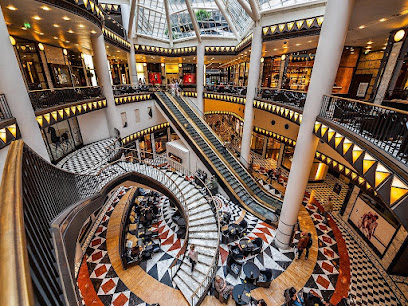
Kauf Dich Glücklich Mode
0.9 km
Discover unique fashion at Kauf Dich Glücklich Mode, a stylish clothing store in Berlin's Mitte district, where creativity meets contemporary style.
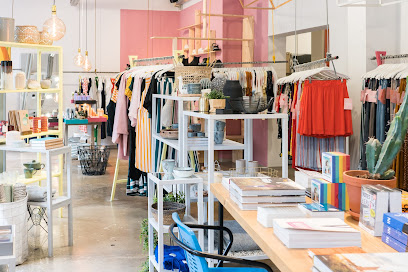
I LOVE BERLIN - MUDDASTADT GmbH
0.9 km
Discover the essence of Berlin at I LOVE BERLIN - your one-stop shop for souvenirs and unique gifts in the heart of the city.
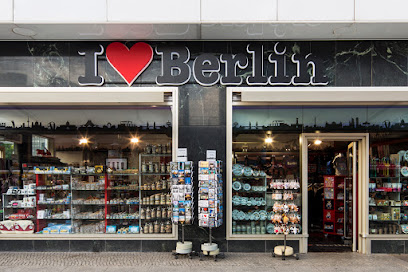
REBECCA Concept Store
0.9 km
Explore the vibrant fashion scene at REBECCA Concept Store in Berlin, where unique style meets contemporary design.
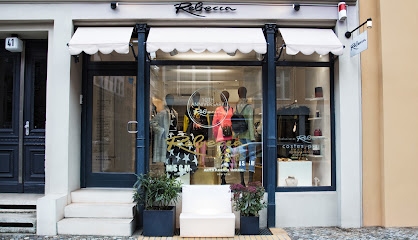
Wolford Boutique Berlin
0.9 km
Experience luxury and elegance at Wolford Boutique Berlin, your go-to destination for exquisite women's fashion and lingerie.
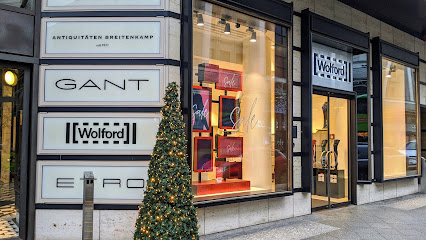
RAU Berlin Boutique
1.0 km
Explore the unique fashion offerings at RAU Berlin Boutique, the perfect blend of contemporary style and local craftsmanship in the heart of Berlin.
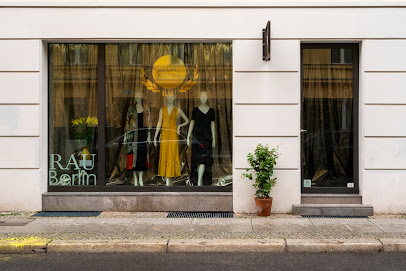
BERLIN STORE
1.0 km
Discover unique souvenirs and local crafts at the Berlin Store, the perfect stop for tourists seeking a piece of the city's vibrant culture.
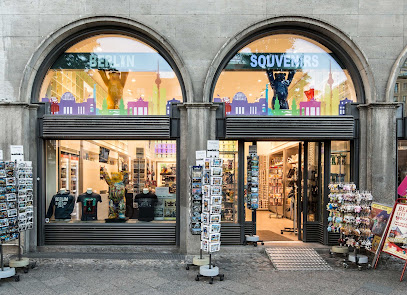
Essential bars & hidden hideouts
Berlin Icebar
0.3 km
Discover the magic of Berlin Icebar, where cocktails meet ice sculptures for a unique nightlife experience in the heart of the city.
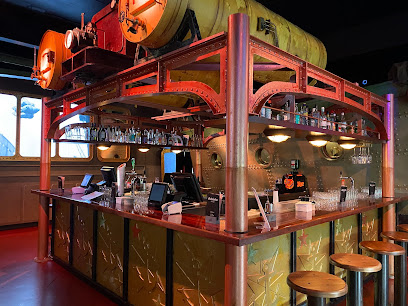
TheCoven Bar
0.4 km
Discover the allure of TheCoven Bar, a cocktail haven in the heart of Berlin's Mitte district, where innovative drinks meet enchanting ambiance.
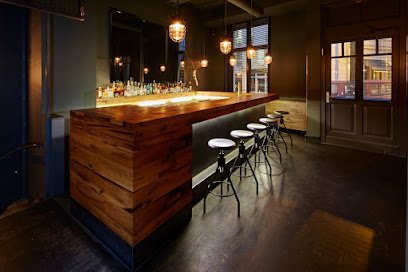
Knutschfleck Berlin
0.6 km
Discover the energy of Knutschfleck Berlin, where live music, delicious food, and dance come together for an unforgettable night out in the heart of the city.

Bierbar Alkopole
0.8 km
Discover the heart of Berlin's nightlife at Bierbar Alkopole, where a wide selection of beers and a friendly atmosphere await.
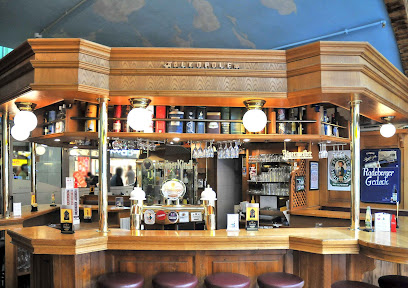
meisterschueler
0.9 km
Discover Meisterschueler in Berlin – a captivating cocktail bar that intertwines art and mixology for an unforgettable experience.
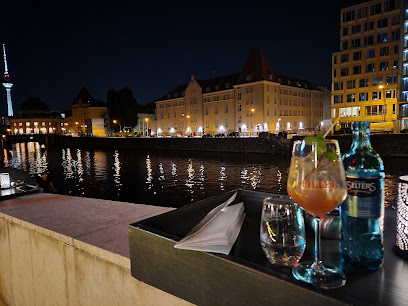
Newton Bar
0.9 km
Experience the vibrant nightlife of Berlin at Newton Bar, where stylish cocktails and a chic atmosphere await in Mitte.
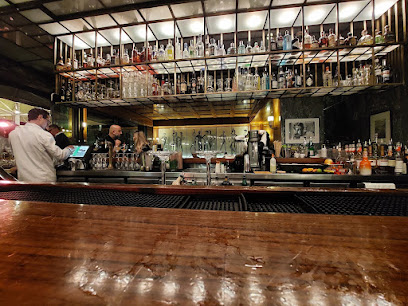
My Bar ICI
0.9 km
Discover the vibrant atmosphere and exquisite drink selection at My Bar ICI, a must-visit bar in the heart of Berlin's Mitte district.
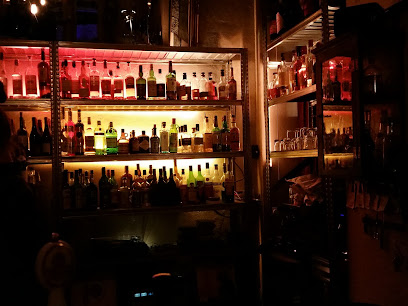
Windhorst
0.9 km
Experience Berlin's vibrant nightlife at Windhorst, an upscale cocktail bar serving exquisite drinks in a stylish atmosphere in the heart of Mitte.
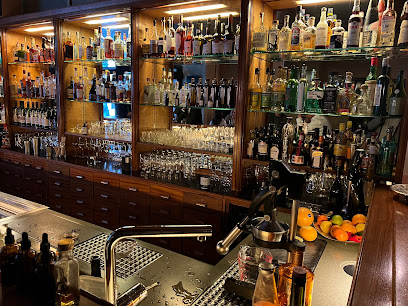
X-Terrain
1.0 km
Discover the eclectic vibe of X-Terrain, a unique bar in Berlin's Mitte with creative cocktails and a lively atmosphere perfect for nightlife enthusiasts.
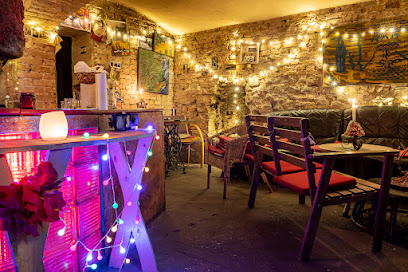
Bar Amélie
1.0 km
Discover Berlin's vibrant cocktail scene at Bar Amélie, where expertly crafted drinks meet a cozy atmosphere in the heart of the city.
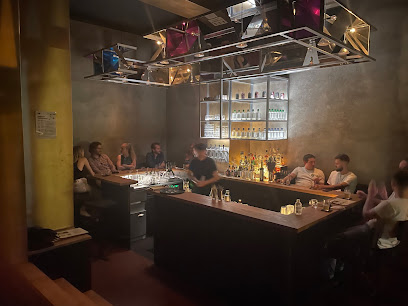
Volksbar
1.1 km
Experience the vibrant nightlife at Volksbar, Berlin's eclectic bar and event venue, perfect for socializing and enjoying live entertainment.
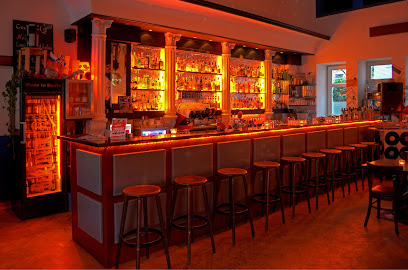
BonBon Bar Berlin
1.2 km
Discover the lively ambiance and eclectic cocktails at BonBon Bar, a must-visit for an unforgettable night out in Berlin's vibrant Mitte district.
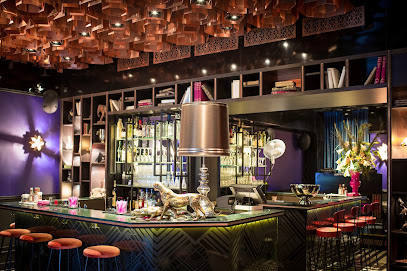
Emi Wynehouse Pop-Up Bar
1.2 km
Discover the unique charm of Emi Wynehouse Pop-Up Bar, where eclectic cocktails and vibrant nightlife collide in the heart of Berlin.
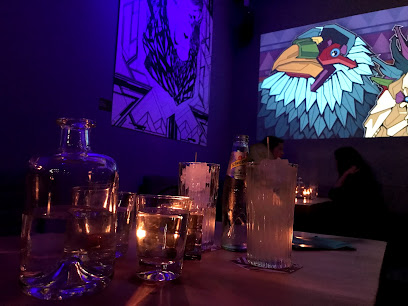
Mein Haus am See
1.2 km
Experience the vibrant fusion of bar, cafe, and nightlife at Mein Haus am See in Berlin's Mitte district, a perfect spot for relaxation and entertainment.
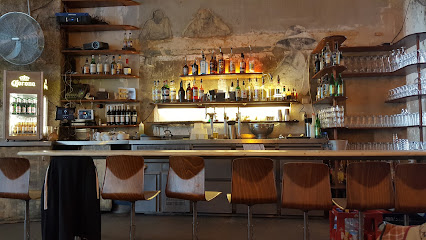
Sharlie Cheen Bar
1.2 km
Discover Sharlie Cheen Bar: A lively Berlin hotspot known for its innovative cocktails and vibrant nightlife experience in the heart of Mitte.
